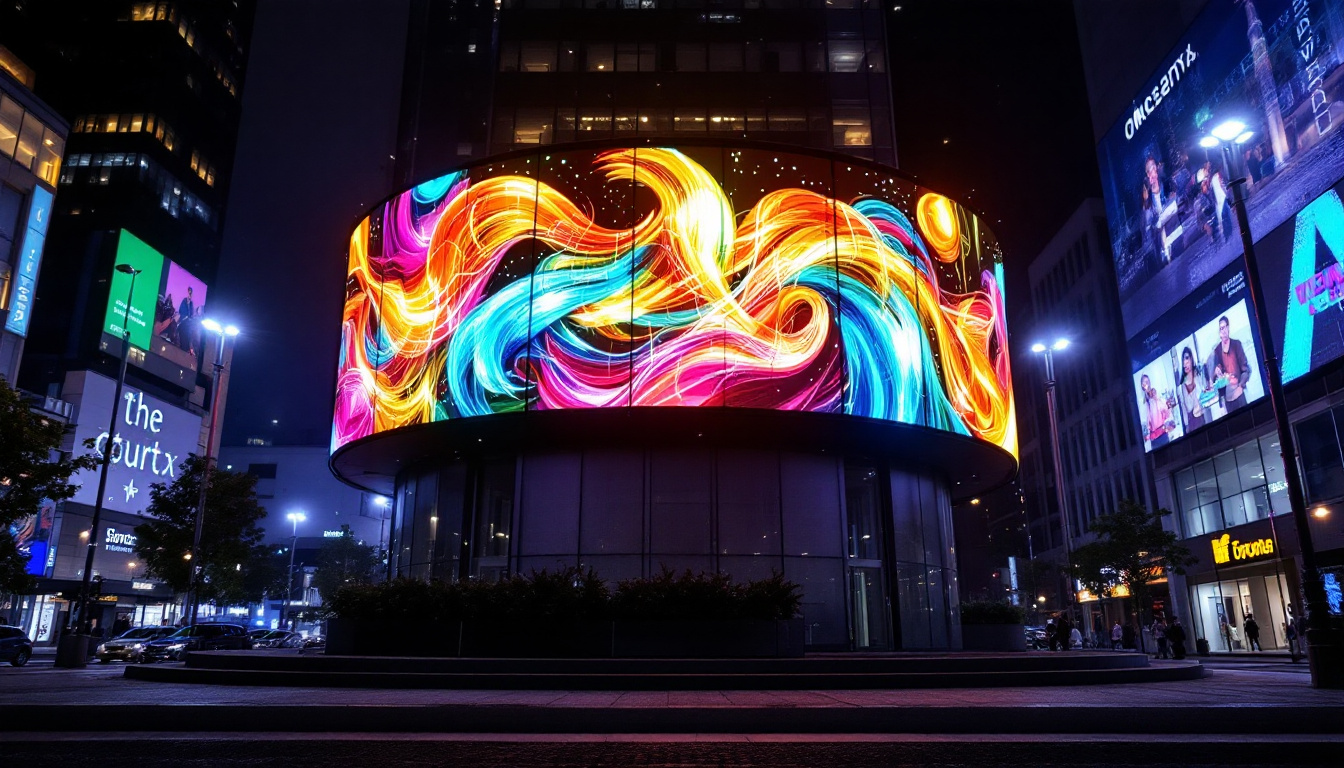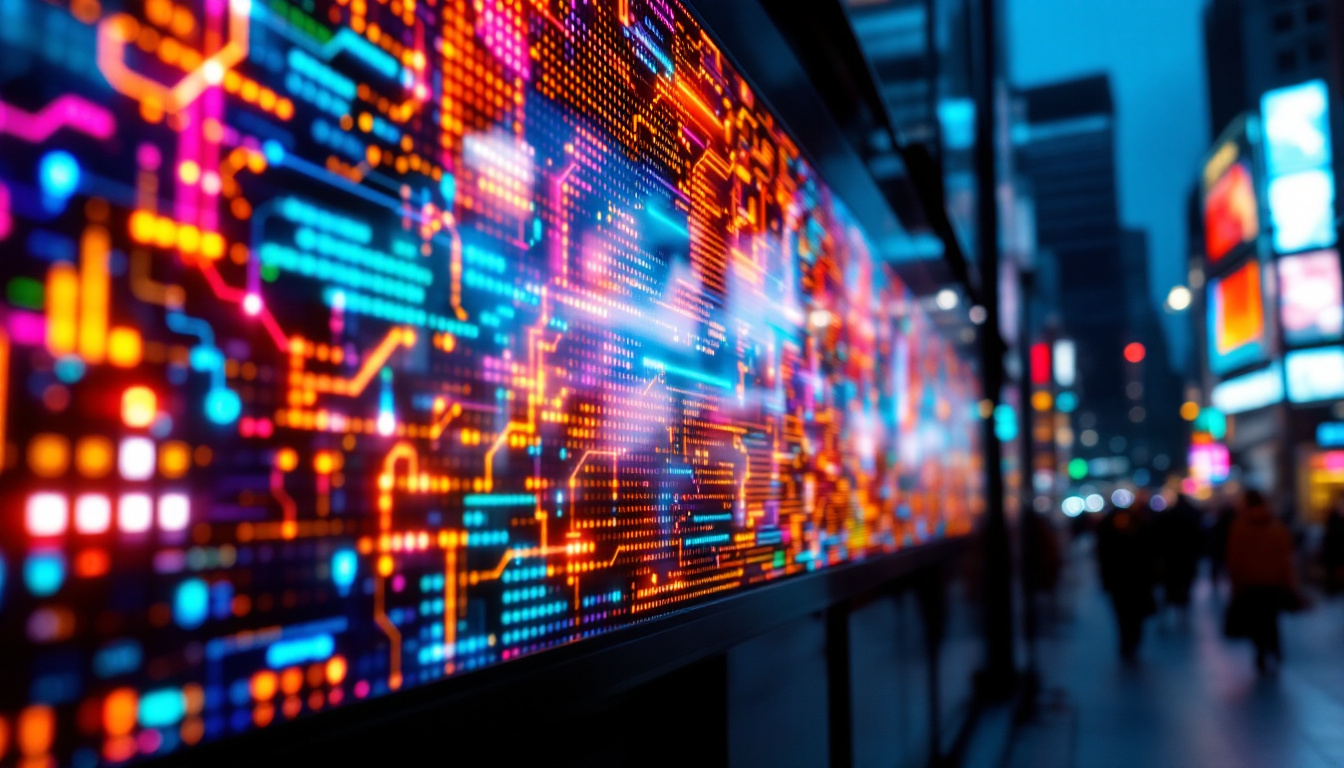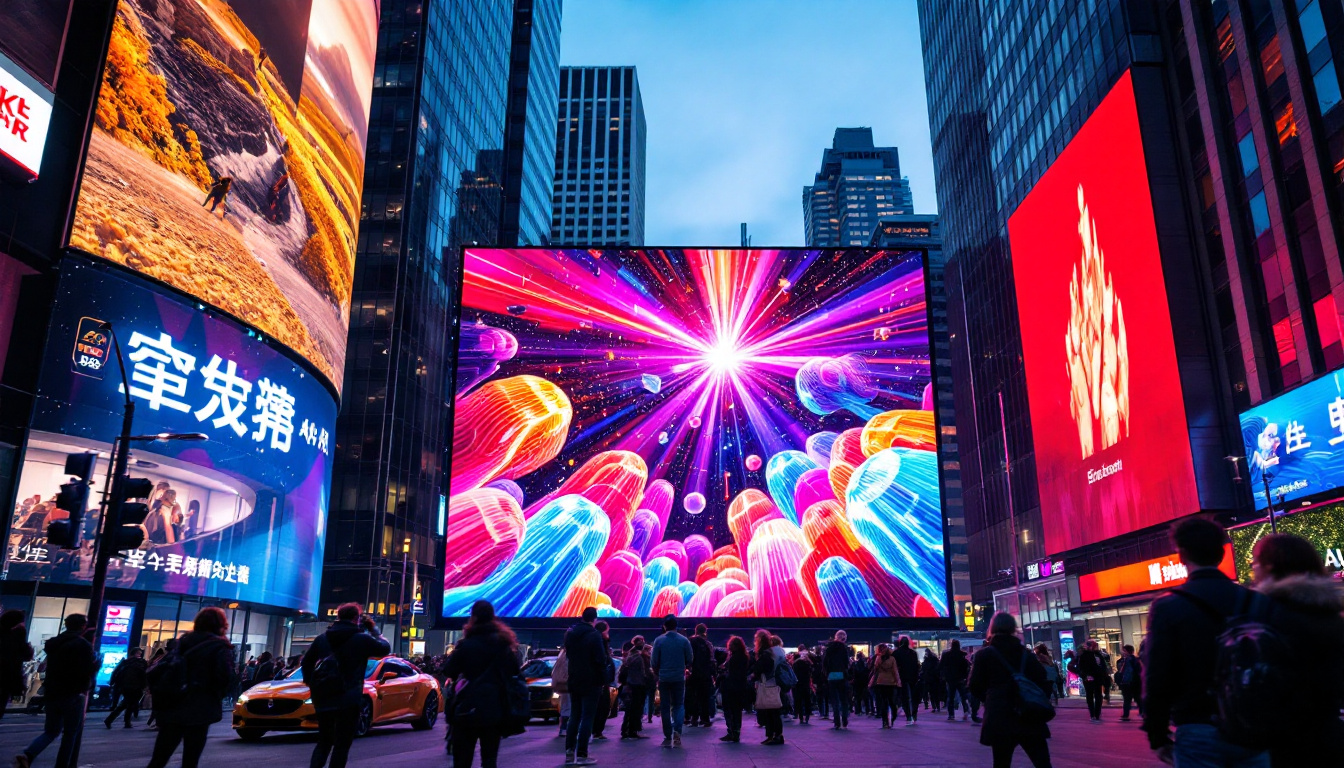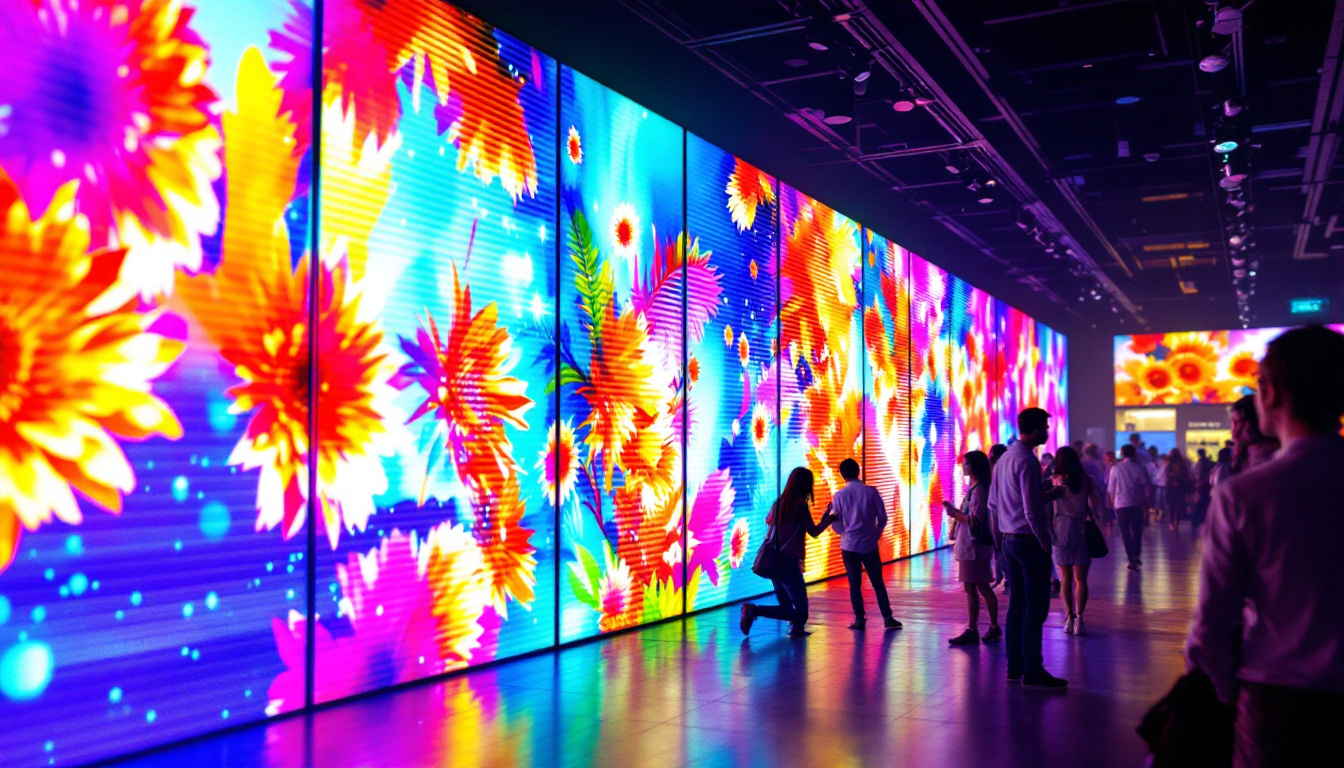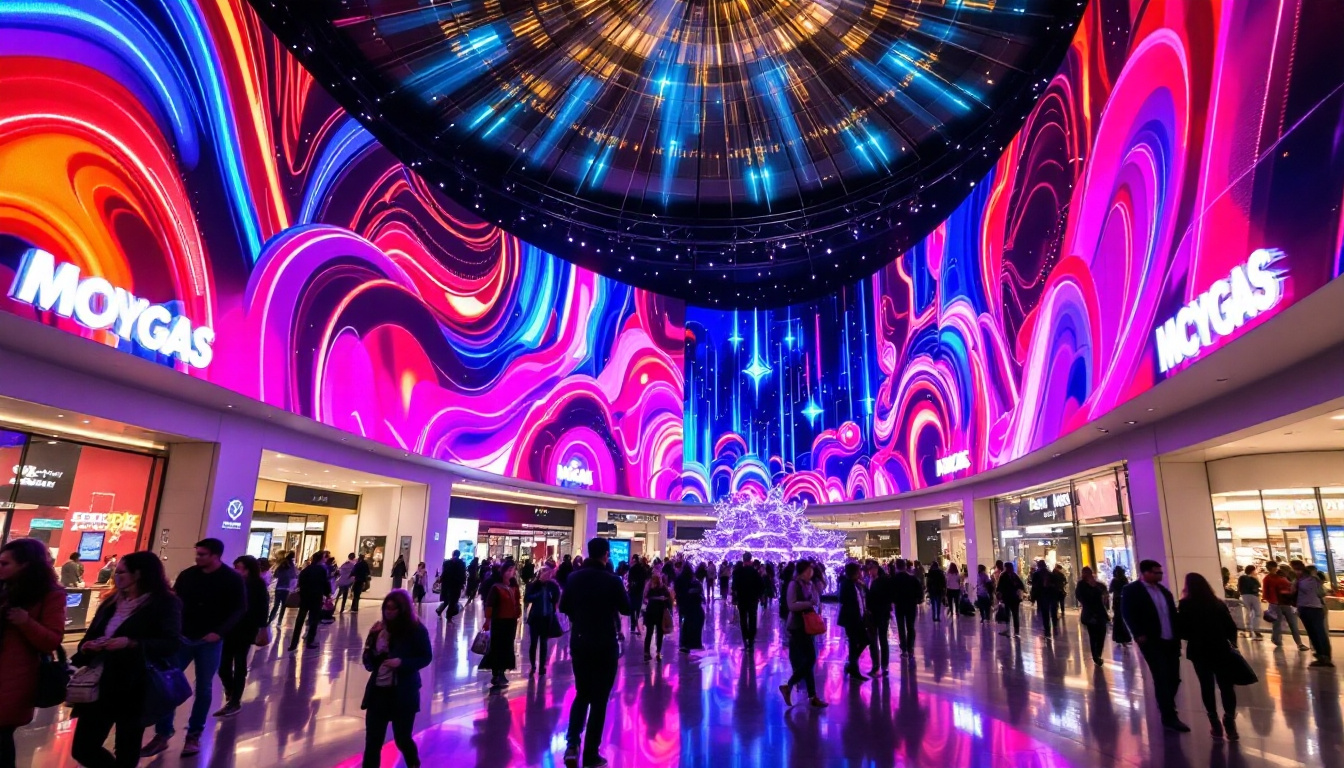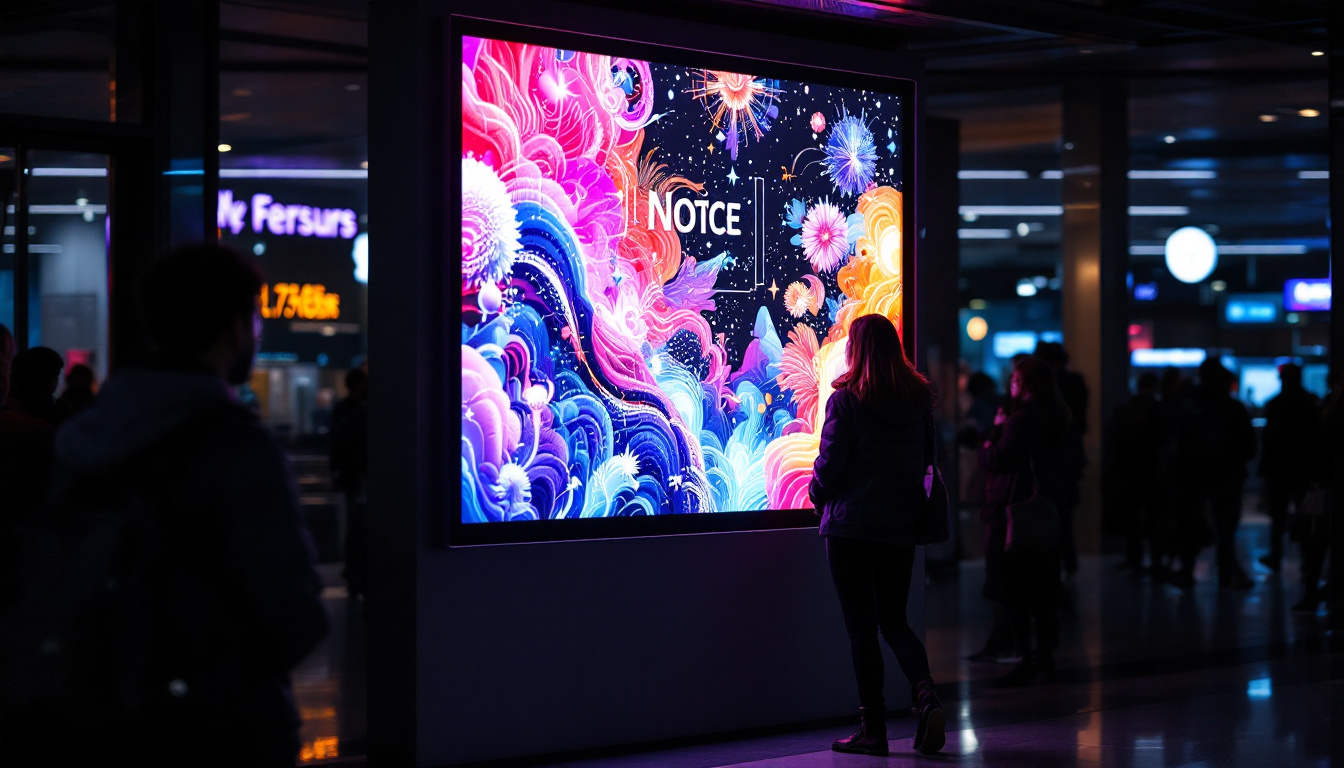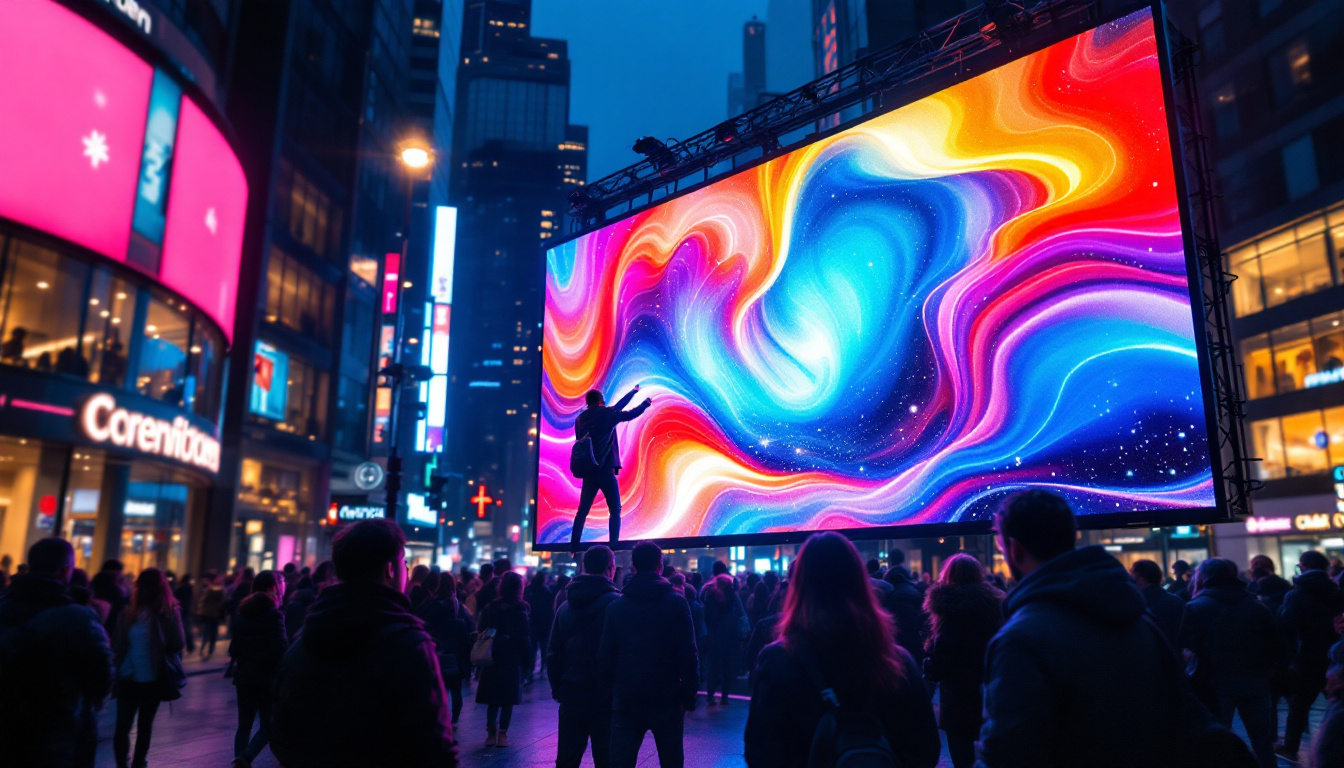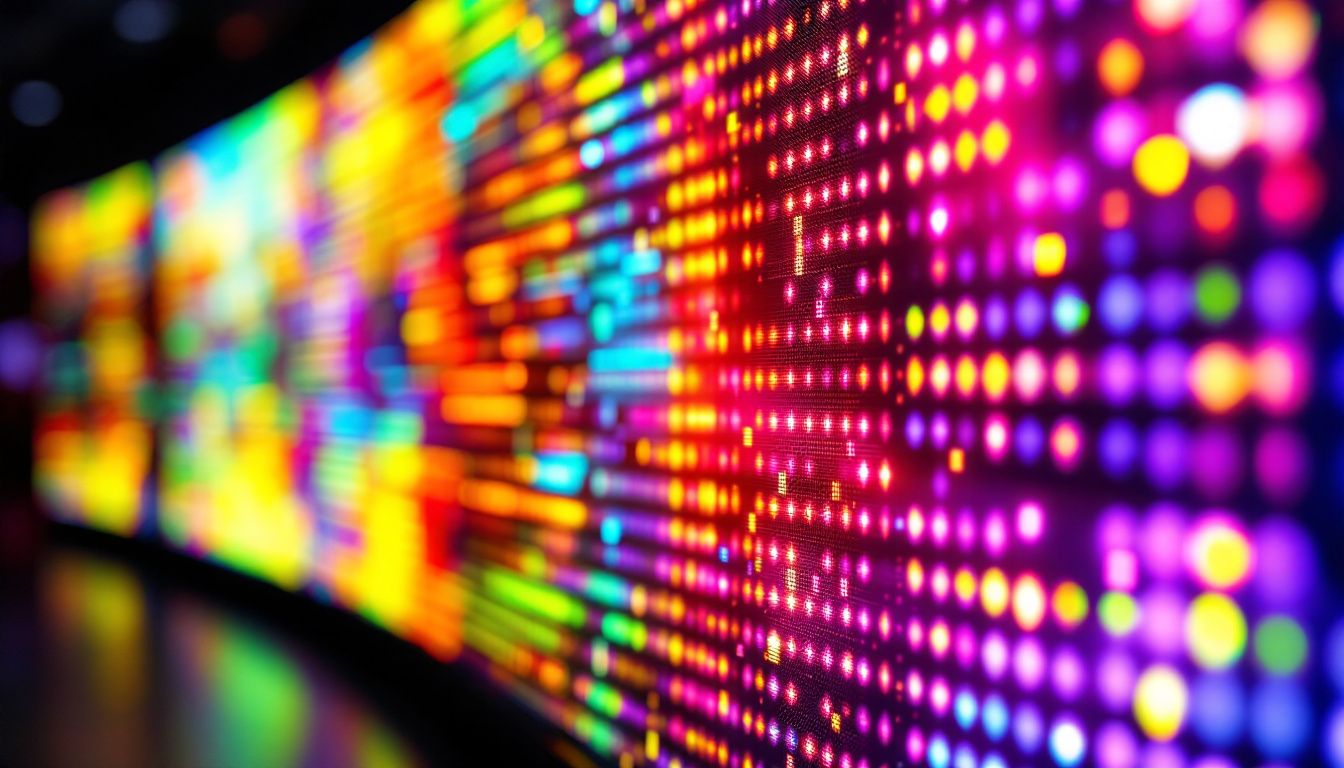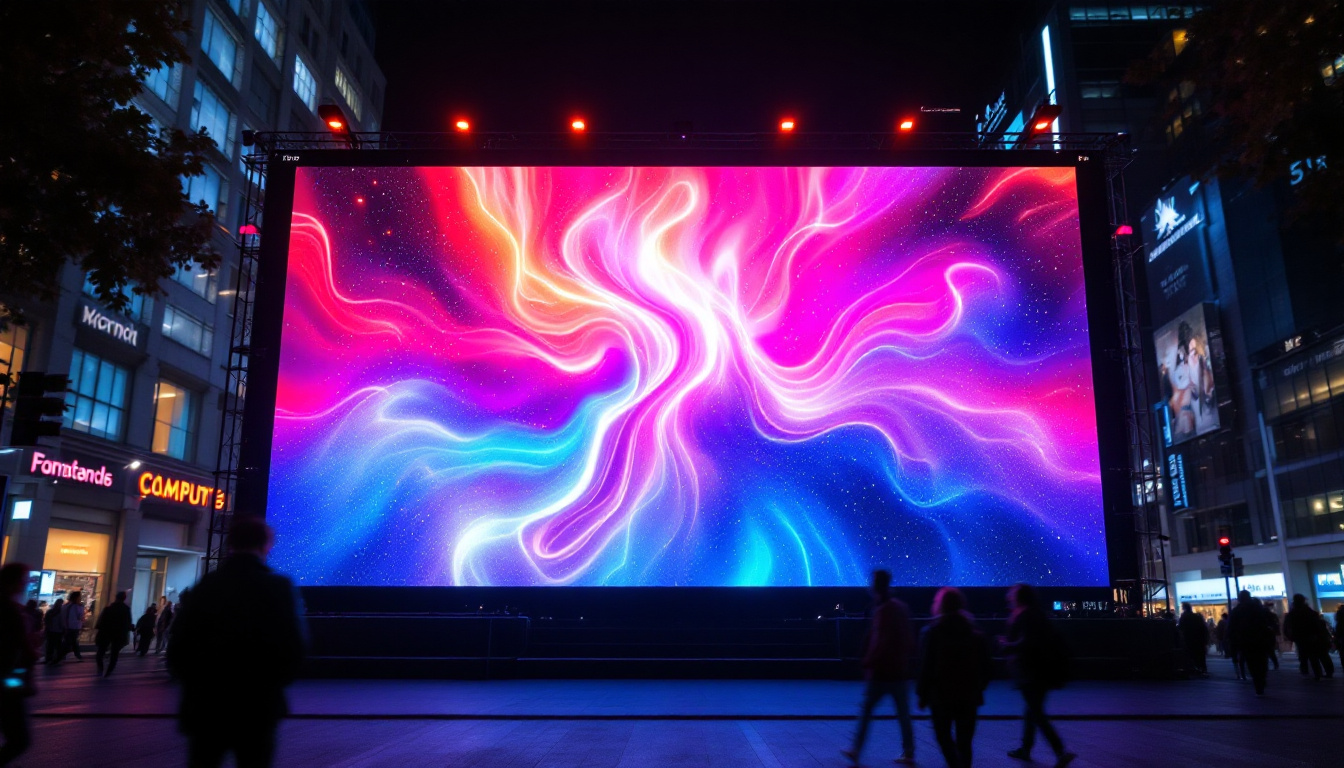In the rapidly evolving world of technology, LED displays have emerged as a dominant force in visual communication. From advertising billboards to digital signage in retail, the versatility and efficiency of LED displays are unmatched. Among the latest innovations in this field are cloud-based LED displays, which integrate advanced technology with the flexibility of cloud computing. This article delves into what cloud LEDs are, how they work, and their applications across various industries.
Understanding LED Displays
LED (Light Emitting Diode) displays are a type of flat panel display that uses LEDs as pixels for video and image display. They are known for their brightness, energy efficiency, and ability to produce vibrant colors. Unlike traditional displays that rely on backlighting, LED displays emit light directly, allowing for thinner and lighter designs. This innovation has revolutionized how we interact with screens, making them more versatile for various applications, from personal devices to large-scale advertising installations.
In addition to their aesthetic appeal, LED displays have also contributed to advancements in technology. The ability to create flexible and curved screens has opened new avenues for design, allowing for immersive experiences in gaming and virtual reality. Furthermore, the integration of smart technology with LED displays has enabled features such as touch sensitivity and interactive capabilities, enhancing user engagement and functionality.
Types of LED Displays
There are several types of LED displays, each suited for different applications. The most common types include:
- Direct View LED Displays: These displays consist of individual LED modules that can be assembled to create large screens. They are often used for outdoor advertising and large events, where visibility from a distance is crucial. Their modular nature allows for easy customization in size and shape, making them ideal for creative installations.
- LED Backlit Displays: These are LCD screens that use LEDs for backlighting. They provide improved contrast and color accuracy compared to traditional LCDs. This technology is widely utilized in televisions and computer monitors, offering viewers a more vibrant and lifelike picture quality.
- Organic LED (OLED) Displays: OLED technology uses organic compounds to emit light, allowing for even thinner screens and better color reproduction. They are commonly found in high-end televisions and smartphones, where their ability to produce true blacks and a wide color gamut enhances the viewing experience. Additionally, OLED displays are more flexible, paving the way for innovative designs in wearable technology.
Benefits of LED Displays
The advantages of LED displays are numerous. They offer:
- High Brightness: LED displays are capable of producing bright images, making them ideal for both indoor and outdoor environments. This high brightness level ensures that content remains visible even in direct sunlight, which is particularly beneficial for advertising and public information displays.
- Energy Efficiency: LEDs consume less power than traditional lighting technologies, which translates to lower energy costs. This efficiency not only benefits consumers but also contributes to environmental sustainability by reducing overall energy consumption.
- Long Lifespan: LED technology is known for its durability, often lasting over 50,000 hours. This longevity means less frequent replacements, which can save money and reduce waste over time. Moreover, the robust nature of LED displays makes them suitable for various conditions, including extreme temperatures and humidity.
Another significant benefit of LED displays is their low maintenance requirements. Unlike traditional displays that may require regular bulb replacements or extensive servicing, LED displays typically have fewer components that can fail. This reliability makes them an attractive option for businesses and organizations that rely on consistent performance for their advertising or informational needs. Additionally, many LED displays come equipped with advanced monitoring systems that can alert users to any potential issues before they become serious problems, ensuring uninterrupted operation.
Introduction to Cloud Technology
Cloud technology has revolutionized how data is stored, processed, and accessed. By utilizing remote servers hosted on the internet, businesses can manage vast amounts of data without the need for extensive on-site infrastructure. This flexibility allows for real-time updates, scalability, and enhanced collaboration.
How Cloud Technology Works
Cloud technology operates on a simple premise: instead of storing data on local servers or personal computers, information is stored in a network of remote servers. Users can access this data via the internet, allowing for seamless integration and communication across devices.
Cloud services can be categorized into three main types:
- Infrastructure as a Service (IaaS): Provides virtualized computing resources over the internet.
- Platform as a Service (PaaS): Offers hardware and software tools over the internet, typically for application development.
- Software as a Service (SaaS): Delivers software applications over the internet, eliminating the need for installation and maintenance.
Advantages of Cloud Technology
The integration of cloud technology into various sectors has yielded numerous benefits:
- Cost Efficiency: Reduces the need for physical infrastructure and maintenance costs.
- Scalability: Easily scales resources up or down based on demand.
- Accessibility: Allows users to access data and applications from anywhere with an internet connection.
What Are Cloud LEDs?
Cloud LEDs combine the advantages of LED display technology with the capabilities of cloud computing. These displays are connected to cloud servers, allowing for remote management, real-time updates, and data analytics. The integration of cloud technology transforms traditional LED displays into dynamic tools for communication and advertising.
How Cloud LEDs Work
Cloud LEDs operate through a network of interconnected devices. Each display is connected to a cloud server where content is stored and managed. This setup allows for:
- Remote Content Management: Users can update content on multiple displays from a single location, ensuring consistency and efficiency.
- Real-Time Data Integration: Displays can show real-time information, such as weather updates or social media feeds, enhancing viewer engagement.
- Analytics and Insights: Cloud LEDs can collect data on viewer interactions, providing valuable insights into audience behavior and preferences.
Key Features of Cloud LEDs
Cloud LEDs come equipped with several features that enhance their functionality:
- Dynamic Content Scheduling: Users can schedule content to be displayed at specific times, optimizing engagement.
- Multi-User Access: Multiple users can manage content, allowing for collaborative efforts in marketing and communication.
- Content Customization: Users can easily customize content to target specific audiences or events.
Applications of Cloud LEDs
The versatility of cloud LEDs makes them suitable for a wide range of applications across various industries. Here are some notable examples:
Advertising and Marketing
In the advertising sector, cloud LEDs have transformed how brands communicate with their audience. Digital billboards can display targeted advertisements based on real-time data, such as location and time of day. This targeted approach increases the effectiveness of advertising campaigns and enhances customer engagement.
Retail Environments
Retailers are leveraging cloud LEDs to create immersive shopping experiences. These displays can showcase promotions, product information, and even interactive content that engages customers. By integrating cloud technology, retailers can update their displays instantly, ensuring that customers receive the most current information.
Event Management
For event organizers, cloud LEDs provide a powerful tool for enhancing attendee experiences. From concerts to conferences, these displays can be used to share schedules, highlight sponsors, and provide real-time updates. The ability to manage content remotely ensures that information is always accurate and relevant.
Challenges and Considerations
While cloud LEDs offer numerous advantages, there are also challenges and considerations that businesses must address. Understanding these factors is crucial for successful implementation.
Connectivity Issues
Since cloud LEDs rely on internet connectivity, any disruptions can impact performance. Businesses must ensure they have reliable internet access to maintain seamless operation. Backup systems and offline modes can help mitigate potential issues.
Security Concerns
With data being stored and transmitted over the internet, security is a paramount concern. Businesses must implement robust security measures to protect sensitive information. This includes encryption, secure access controls, and regular security audits to identify vulnerabilities.
Cost Considerations
While cloud LEDs can reduce certain costs, the initial investment can be significant. Businesses must weigh the long-term benefits against the upfront costs. A thorough cost-benefit analysis can help determine if cloud LEDs are a viable option for a particular organization.
The Future of Cloud LEDs
The future of cloud LEDs is promising, with ongoing advancements in technology and increasing demand for dynamic visual communication. Several trends are shaping the direction of this industry:
Integration with AI and Machine Learning
As artificial intelligence and machine learning technologies continue to evolve, their integration with cloud LEDs will enhance content personalization. Displays will be able to analyze viewer behavior and preferences, tailoring content to individual audiences in real-time.
Enhanced Interactivity
The future will likely see an increase in interactive cloud LED displays. Technologies such as touch screens and gesture recognition will allow viewers to engage with content in new ways, creating more immersive experiences.
Greater Sustainability
As environmental concerns grow, the demand for sustainable solutions will influence the development of cloud LEDs. Manufacturers will focus on creating energy-efficient displays and using eco-friendly materials, aligning with global sustainability goals.
Conclusion
Cloud LEDs represent a significant advancement in the realm of visual communication. By combining the benefits of LED technology with the flexibility of cloud computing, these displays offer unparalleled opportunities for businesses to engage with their audiences. As technology continues to evolve, the potential applications and capabilities of cloud LEDs are bound to expand, making them an essential tool for modern communication strategies.
In a world where attention spans are short and competition is fierce, investing in cloud LEDs can provide businesses with a competitive edge. By embracing this innovative technology, organizations can enhance their visibility, improve customer engagement, and ultimately drive growth in an increasingly digital landscape.
Discover LumenMatrix’s Innovative LED Solutions
Ready to elevate your visual communication strategy with the latest in LED technology? LumenMatrix is at the forefront of creating immersive and dynamic LED displays that will transform how you connect with your audience. From vibrant Indoor and Outdoor LED Wall Displays to versatile Vehicle and Sports LED Displays, our range of solutions is designed to captivate and engage. Experience the future of digital signage with our All-in-One LED Displays, LED Transparent Displays, and more. Check out LumenMatrix LED Display Solutions today and start making an unforgettable impact.

